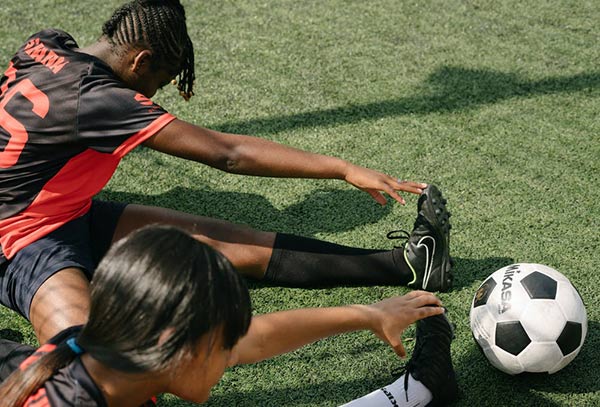Quick Guide to Hypermobility – are your joints too loose?
Joint hypermobility can be described as when some or all of a person’s joints have an unusual amount of extra movement in them. People with joint hypermobility can move their limbs into positions that most people cannot and very often are described as ” double jointed”. They can do things such as bending their fingers back as far as their wrist, knees going backwards or putting their hands flat on the floor.
Most people with hypermobile joints do not have any problems and there are many people that use their hypermobility to their advantage, just look at athletes, dancers and even actors.
Aetiology
Joint hypermobility is generally a hereditary condition that involves collagen formation. Collagen is a protein and is present in skin, joints and ligaments. If collagen does not form properly it can be loose and stretchy and as a result joints can have excess movement.
Symptoms
However there are some unwanted symptoms that can develop. These symptoms may include:
- joint pain
- back pain
- flat feet
- joints sprains
- clicking joints
- pelvic organ prolapse
- dislocating (coming out of the socket) or subluxing (partially dislocating) joints
- soft tissue injuries
- muscle tightness.
The problems that can arise from this excessive movement are that joints can twist or overstretch easily. This can lead to injury, painful aching muscles and joints, or general fatigue. Sometimes people can have recurrent joint sprains and they can take longer to heal than expected. It is vital that people with hypermobility receive the best advice and management on their joints and muscles as some exercises, sports and physical treatments can make symptoms worse.
Management
Individuals often need to be taught how to correct their sitting or standing posture to place less stress on their joints, shown how to stretch safely without straining joints or muscles, learn certain strengthening exercises to protect their joints and how to improve their joint position awareness (proprioception) with balance exercises to prevent recurrence of injury.
Recognising the signs of hypermobility and knowing how to manage it is where the physiotherapists at Sport & Spinal Physiotherapy can help. We can do a thorough assessment of your hypermobile joints and give you the best advice to improve your overall wellness. If you have had an injury we can tailor your treatment to take into account your hypermobility and get you better as fast as possible. We can provide you with accurate advice as to which sports and exercises are appropriate for you and refer you to other services to help you. We have a podiatrist to help manage people with flat feet, a Womens Health physiotherapist to advise how to look after ligaments in the pelvis that support your pelvic organs, Physiotherapists trained in Pilates to help provide exercise programmes and classes that are appropriate for people with hypermobile joints.

